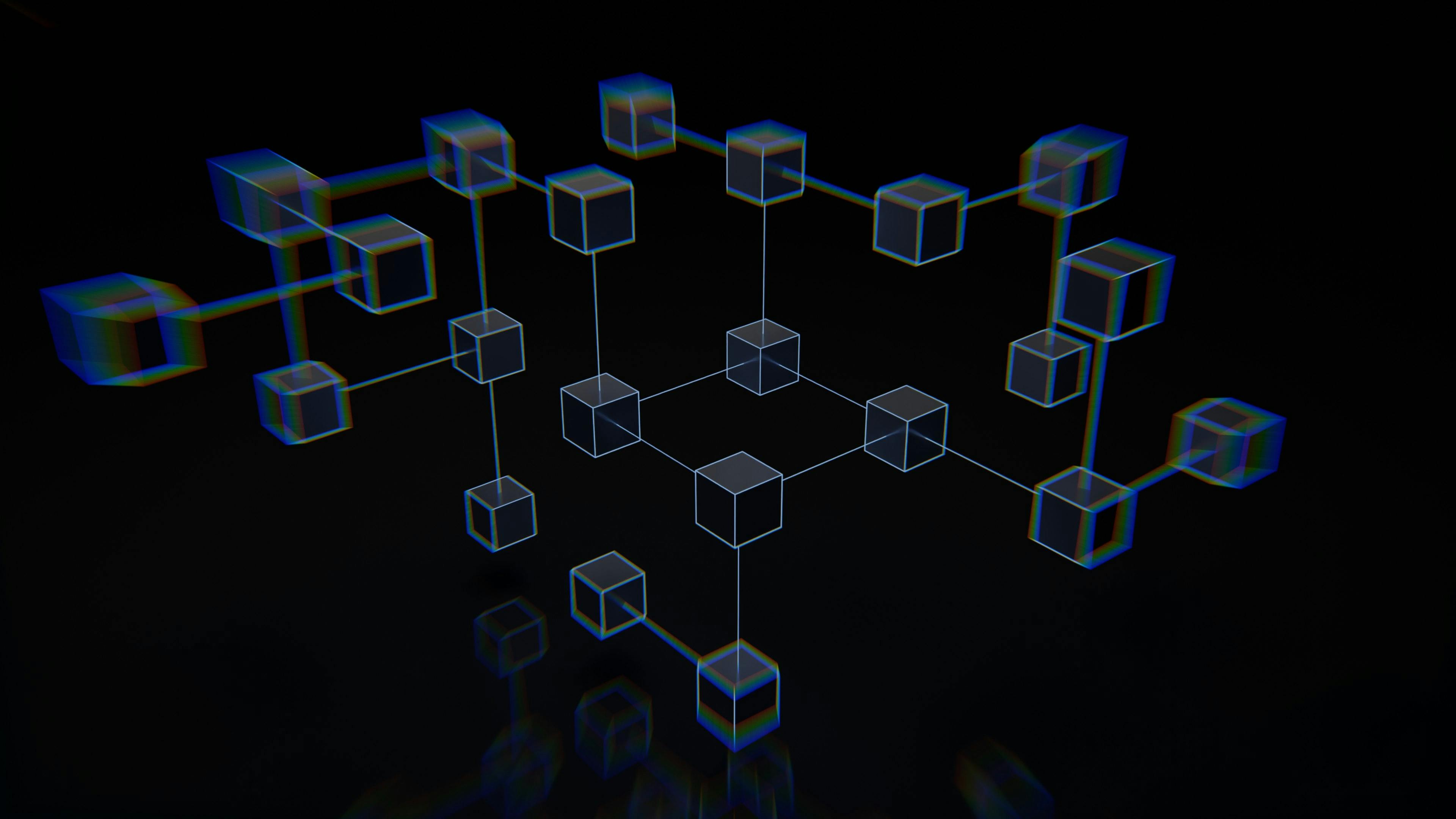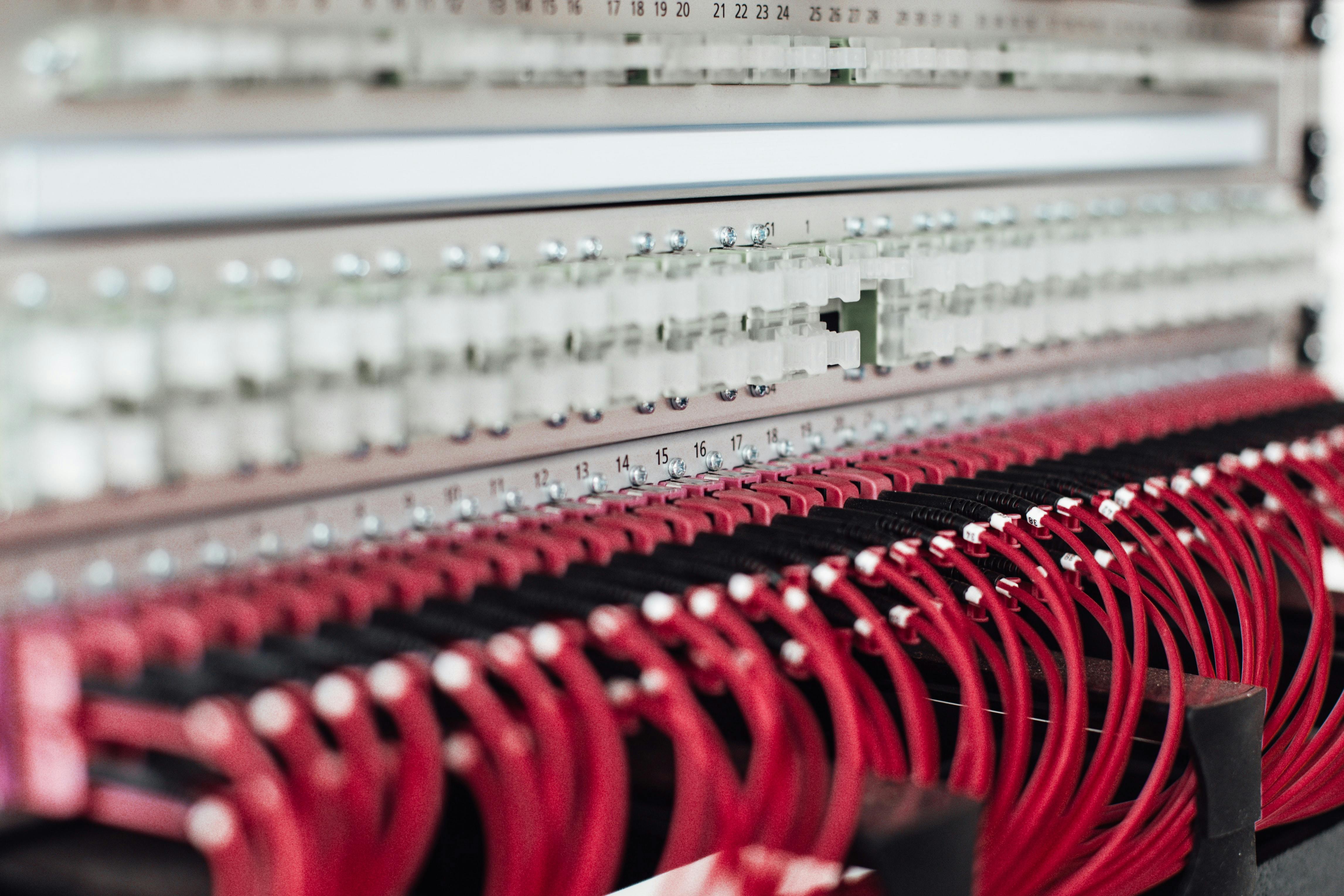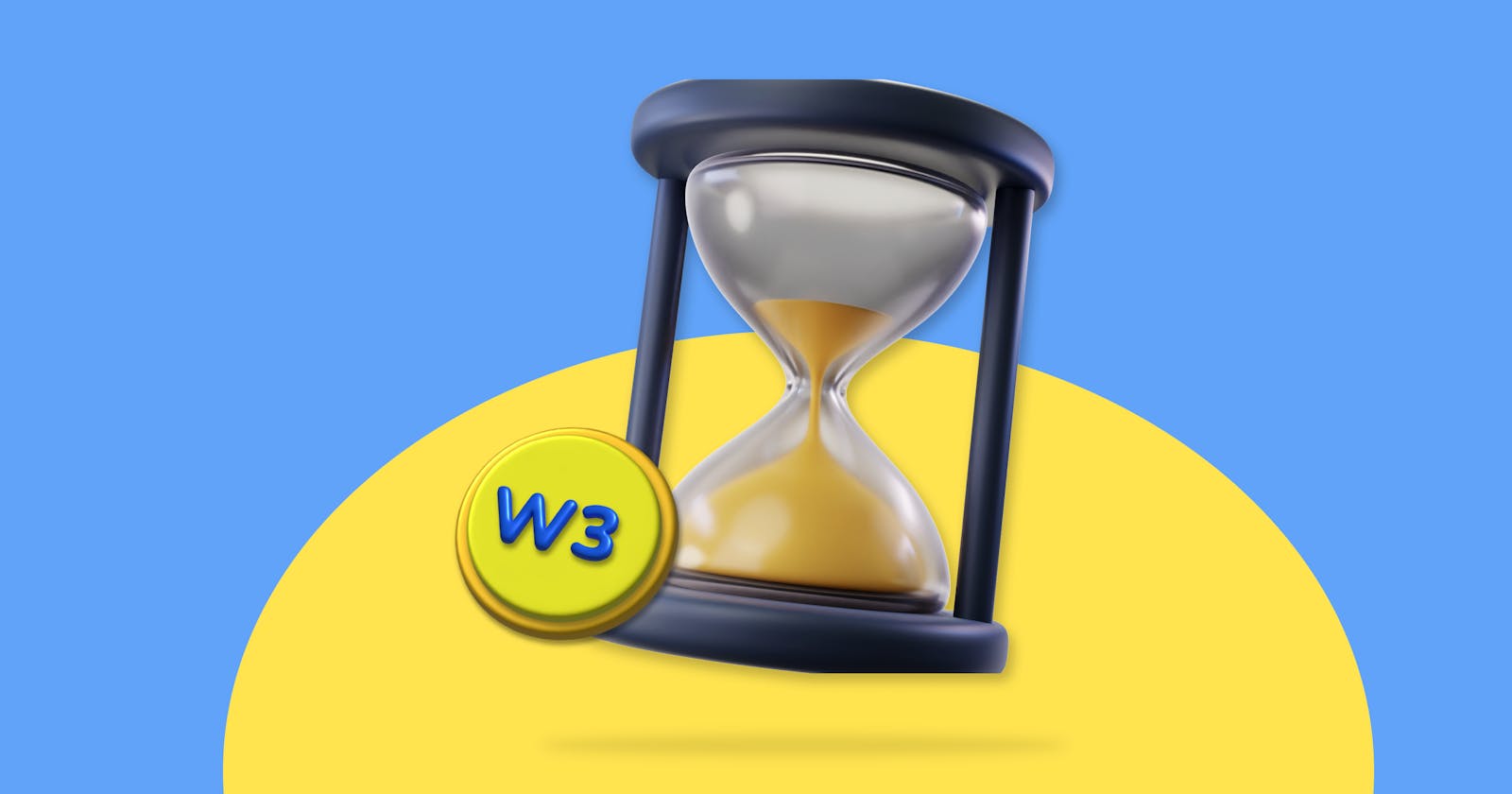A Brief History of the Web - The Transition from Web 1.0 to 2.0 and Web 3.0
Introduction
The web has made tremendous changes over the years; the web wasn’t always the web as we know it today.
There have been three main "revolutions": web 1.0, web 2.0, and web 3.0.
We are currently in web 2.0, but we came a long way from web 1.0, and now we’re advancing towards web 3.0.

The different changes in the web can be stated briefly as:
Web 1.0 started with the need for people to share and access information across different computers.
Web 2.0’s aim was to bring social and interactivity to web 1.0.
Web 3.0 aims to take centralized control of the web from big corporations to average users.
In the following sections, we will explore the different versions of the web and what technologies power their growth.
What is Web 1.0?

The main goal of web 1.0 was to share information.
Today, we can use the internet to find information as well, but web 1.0 was read-only. You couldn’t interact with the web as we do today, like signing up for a weekly subscription that gives you information about different types of coffee.
Tim Barners Lee, the creator of web 1.0, first got the idea while working as a computer scientist at CERN. He got inspired by a problem his colleagues were facing: sharing information from one computer to another was very complicated.
The process consisted of bringing clunky computers and using floppy and hard disks to transfer information. Lee wanted to simplify the process; he hoped to connect all computers so that all the information in one computer was available to other computers through a webpage.
To achieve this, he created an addressing system called Internet Protocol (IP) that allows every computer to be identified by their numeric addresses separated by dots (e.g 123.255.212.55). If every computer can locate the address of another computer, it becomes easy to share information.

Then, he created a system called Transmission Control Protocol (TCP) that controls how information moves from one computer to another. If IP controls the addressing, TCP controls how information travels through IP addresses.
This project satisfied the criteria for information sharing between research institutions, government bodies, and the military, but excluded a large portion of the population due to its difficulty to use.
Interactivity and the usability of the web became important to make the web accessible, starting the web 2.0 movement.
What is Web 2.0?

Web 2.0 is the web as you know it today. It’s also known as the social web because of its interactivity. Examples of web 2.0 companies are Facebook, Twitter, Google, basically every internet company at our service! Web 2.0 rose as we needed the web to be faster and more visually appealing. With the rise of web 2.0, came CSS to render beautiful pages, Javascript to replace Adobe flash for animations, and frameworks such as Vue.js and Angular, and Libraries like React to enable faster development.
Usage of web 2.0.
The read-and-write ability of web 2.0 lets people read published content on the internet and write theirs. When Tim Barners-Lee created web 1.0, people could only read information off the web. Types of content publishing on web 2.0 are:
Social media platforms(Twitter, Facebook, Instagram, etc).
Video sharing platforms(Youtube, Vimeo).
Blogging platforms (Medium, Hashnode, WordPress).
Podcast sharing platforms (Anchor, Spotify).
Web 2.0 was okay until people started distrusting the competence of these internet companies.
Some have been accused of selling user data, some have suffered security breaches, and others have attempted invading user privacy.
These problems serve as the motive behind web 3.0 - to give users back control of their data on the internet.
What is Web 3.0?

Web 3.0, also known as the decentralized web, aims to establish trust on the internet without the intervention of a central body like the government and large companies.
This trust is established using blockchain technology (a secure and decentralized way of storing and sharing data using cryptography and distributed networks / distributed ledger systems).
Web 3.0 takes web 2.0's abilities further by giving computers the ability to execute programs on their own. Computers can now understand information and execute an agreement between people or computers.
Furthermore, employing data and machine learning in Web 3.0 would help computers make trusted decisions.
Big data and machine learning models are already employed in web 2.0. However, they were built to increase profits for the companies that created them without regard for how these models affect users.
An example is how people have become more politically divided due to the kind of content that social media algorithms recommend to them.
When people interact with these negative recommendations, they spend more time on platforms, and these big companies make more money.
Web 3.0 changes this by only recommending posts that have been agreed are good for users.
Users can also delete whatever data they do not want in the system to make recommendations to them.
Web 3.0's ability to execute instructions at a specified period makes it suitable to validate or verify agreements between people.
For example, in finance, written code, also known as smart contracts, acts as an intermediary. It keeps records of transactions on ledgers across different computers so they are immutable (can not be changed). Blockchain offers the transparency to track transactions. People would know where transactions lead to and where digital assets are stored.
How is Web 3.0 changing Web 2.0?
There are several ways in which web 3.0 is changing web 2.0, but some important aspects are the web's business model and data control.
Business model
Web 3.0 is opening more ways to earn money on the internet.
Some of these earning opportunities consist of:
- Work tokens for providing valuable service to a network
- Staking - the act of holding funds in a cryptocurrency wallet to support a blockchain network to earn network rewards.
In the future, we would see a better alternative to the advertisement model that currently runs web 2.0 because of innovations in web 3.0.
Data control
In web 2.0, users have little say in how their data is used.
On some platforms, they do not know how much data is extracted due to their activities on these platforms. Web 3.0 is more transparent, so users see how much data is collected from them, and can also decide what companies can do with it.
For example, they could choose to give some companies access to their data in exchange for tokens of value. Or completely export their data out of the web.
Conclusion
The progression of the web is not about eliminating the previous web but addressing its problems and limitations.
Web 2.0 made web 1.0 more beautiful and interactive, and web 3.0 is going to make web 2.0 more user-centric by establishing trust between companies and users in the way they exchange value on the internet.

